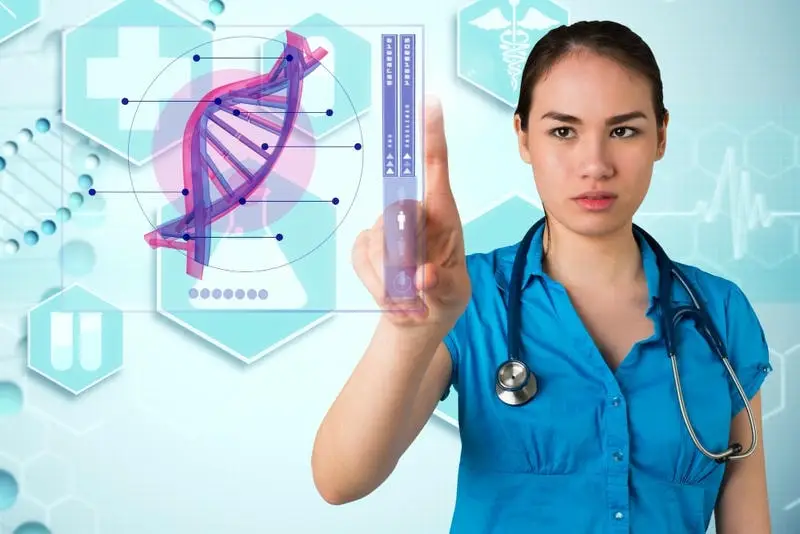- Published on: Nov 11, 2021
- 3 minute read
- By: Second Medic Expert
How To Get Rid Of Face Fat?
How to get rid of face fat?
There are a lot of ways to eliminate fat from your face. The most obvious way is to lose weight because the excess fat comes from food that you consume, not from exercising. Replace bad or junk foods with fruits and vegetables to start. Exercise regularly for about an hour a day – this will help burn calories and make your body more active all around. Reducing alcohol consumption can also contribute towards weight loss goals as it tends to contain a lot of empty calories which do not equate with nutrients or benefits for the body.
In other words, reducing caloric intake is the key! Limit those high-calorie sweet treats by consuming them less.
- Improve your diet by eating healthy whole foods. Add to this periodical fasting (such as the 5:2 Diet) and you will help speed u weight loss. Increase exercise levels. Being sedentary leads to fat storage high calorie intake leads to fat accumulation, so if you want to lose face fat, start hitting the gym today! Incorporate interval training into your workout routine, because it's one of the best ways to burn calories fast. Try interval running or sprinting for 30 seconds with a 90-second rest break in between bouts. This allows for maximum calorie burning with minimal risk of injury--it's a perfect way to get rid of that pesky fanny pack from around your middle region
There are two basic approaches to face fat:
- The first approach is surgical liposuction. This is an outpatient procedure (conducted in a doctor's office) and typically takes one hour or less. A tube is placed under the skin, and fat cells cluster around the mouth or other parts of the face then suctioned away. It can also be done through small incisions with special instruments (typically only along the lower part of your jawline).
- The second approach is nonsurgical, which includes therapies such as heat therapy, facial exercises, and injections of synthetic collagen.
The goal in both cases generally isn't to reduce weight but rather to eliminate localized pockets of excess tissue such as double chins.
- Drink 1/2 liter of water every day.
- Have a salad for lunch at least four times a month, or have something that is nutritionally similar to a salad for lunch once per week, such as vegetable soup or tomato lentils soup with whole-grain bread and sunflower seeds.
- Eat nutritious foods rich in Omega-3s, antioxidants, polyphenols, and other natural compounds that are anti-inflammatory at breakfast, i.e., cinnamon toast made with 100% wholegrain bread sprinkled with cinnamon powder mixed in soft brown sugar on both the toast after being heated up in the oven for 5 minutes while not forgetting adding one tablespoon avocado oil to help intensifies its flavor while less.
Do some face-pinching exercises, where you pinch your cheeks with one hand and then the other repeatedly. This will get the muscles in your cheeks to contract, which will cause it to get tighter, reducing the amount of fat present on your face. Doing this five times every day for 10 seconds each time is recommended.
Combine regular workouts like walking or jogging with regular exercise like pushups (not all at once) to gradually strengthen the muscles in your neck and tighten up loose skin. The more rigid these underlying structures are, the looser any potential fat folds will be! First of all, we need to establish what type of fat you're trying to get rid of. The two types are subcutaneous and visceral fat- Visceral Fat is located deep inside your chest, stomach and abdomen. When the excess visceral mass is present it increases the risk for cardiovascular disease because visceral fat can worsen blood sugar control from insulin - meaning that this chunk of fat disrupts hormone levels which in turn exacerbates the “unhealthy aging” process.
Subcutaneous Fat is a division found under the skin layer – usually on your arms, stomach/belly, chest area or thighs. Substantial amounts of this type can be irritating but don't threaten as many aspects as visceral fat does. Pretty early in puberty development is when all our cheeks start to get permanent lines and wrinkles on them so if anything touches those deeper than just fat cells then they'll get worse. To get rid of "extra" fat on the face, tighten the underlying tissues with a consistent, safe, and effective technique. Aerobic exercise in particular will help to reduce face fat by increasing metabolism and blood flow - all good things for making your skin look plumper. So it is important to do cardio exercise at least three times per week in order to see a difference in this area over time. In addition, aim to cut back on sugar intake, drink eight 8-ounce glasses of water per day (to aid metabolism), sleep more than seven hours per night (for increased repair), and avoid stress (which can break down muscle).
There are no fat cells in the face, but there are muscles that support your skin. Sometimes they might become tight and develop lumps. Perhaps you're not eating enough protein or fats, or exercising too much without any carb (fat) replenishment. It might also be because you're getting older, and the skin has lost some elasticity.









